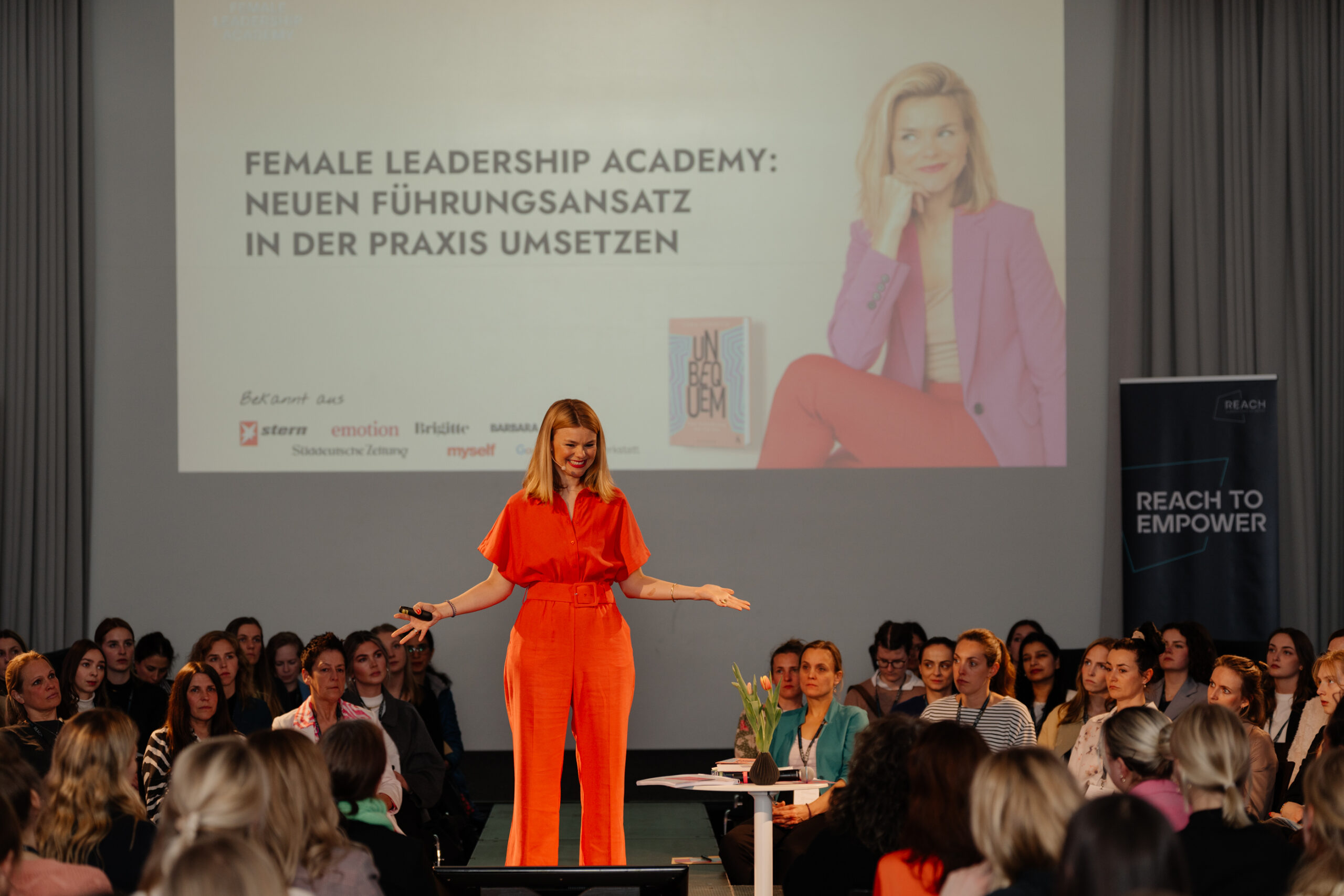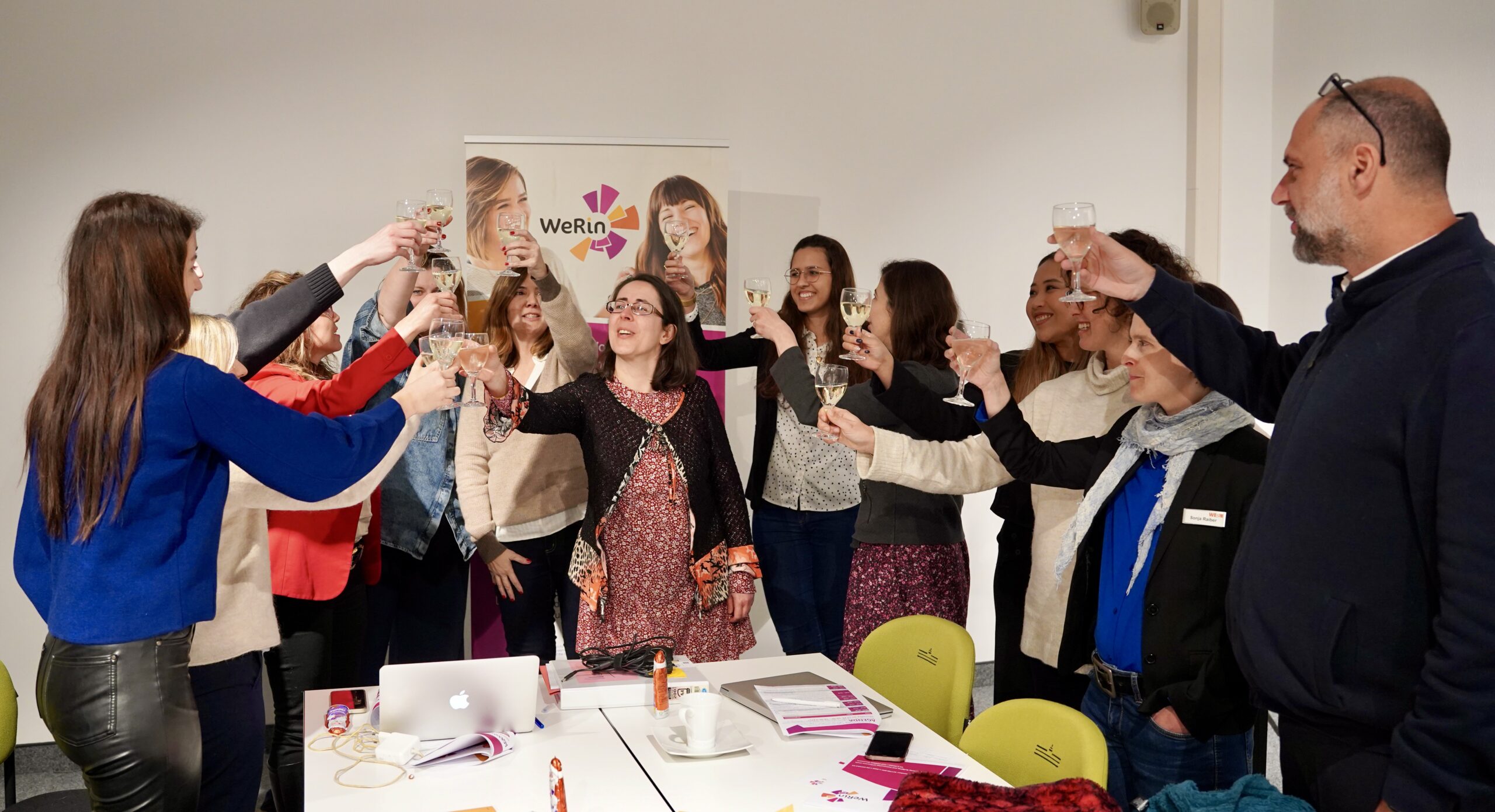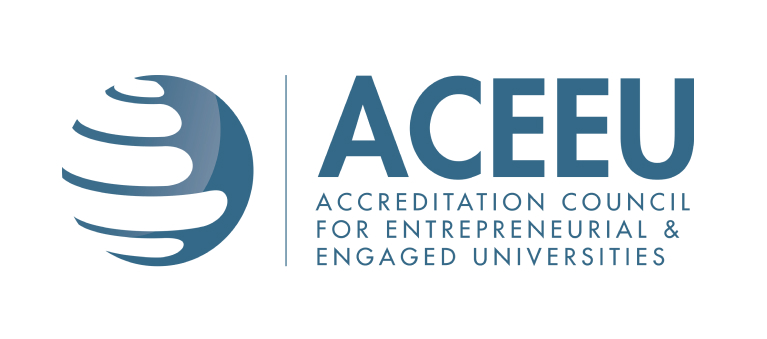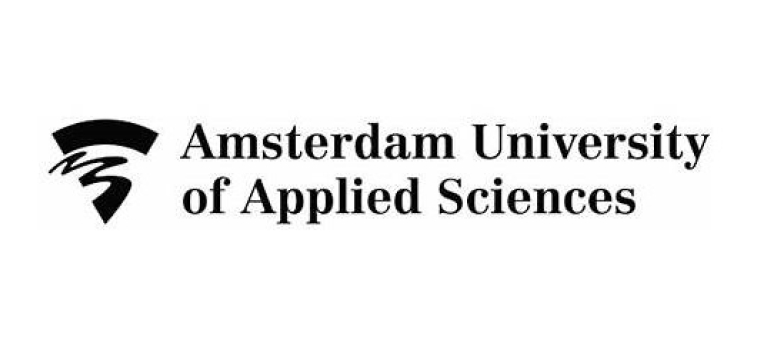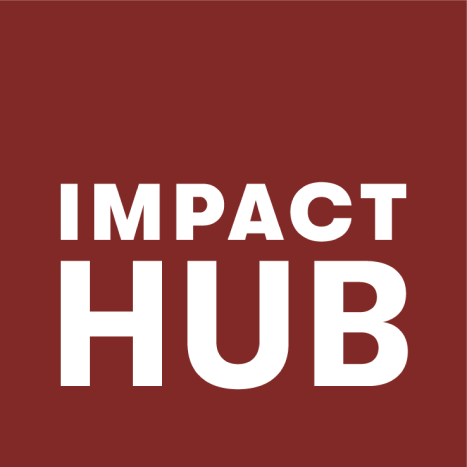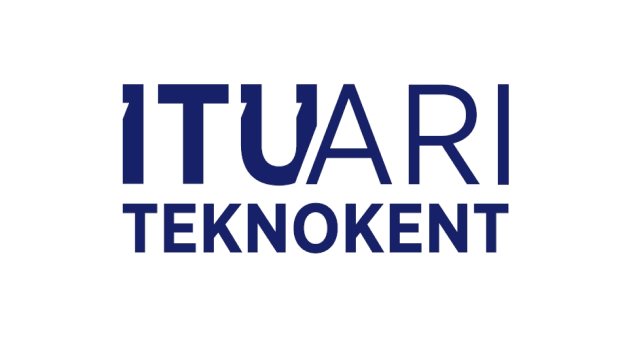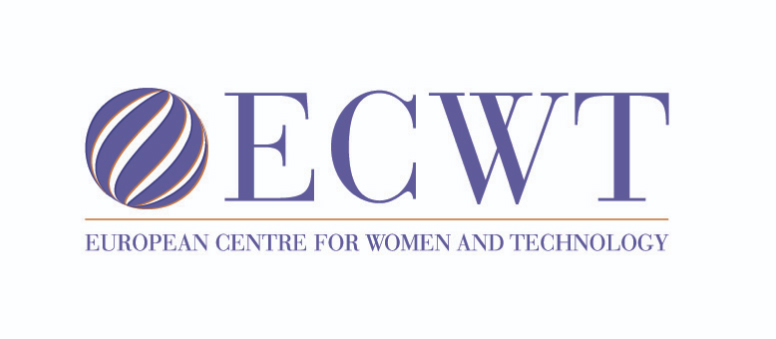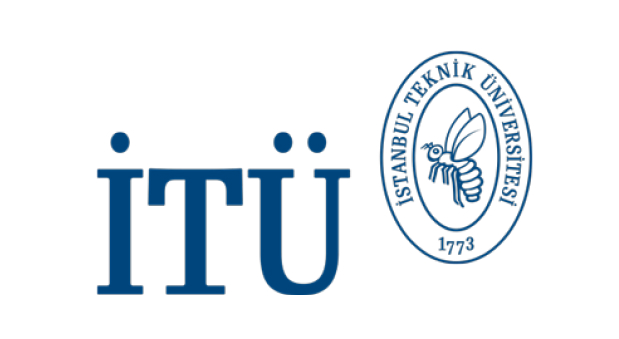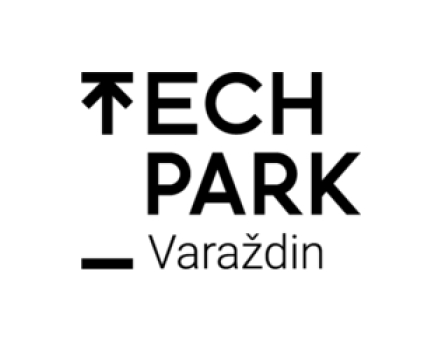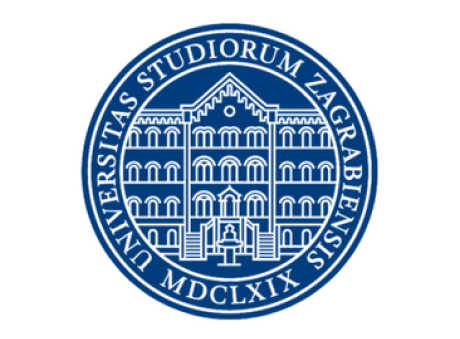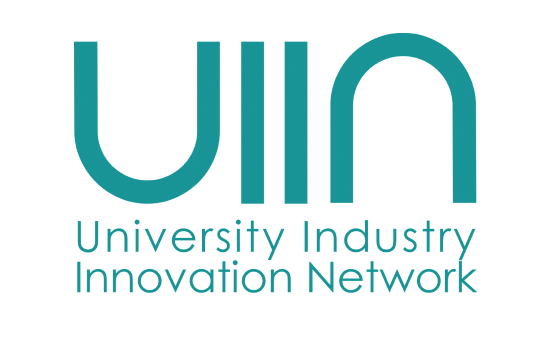Recent research by the WeRin consortium has explored stakeholder views of gender inclusivity in the entrepreneurial ecosystem. A key observation from over 400 interviews across five European countries was that there are conflicting views on the need for women-only programmes and supports.
Women only approaches have been applied as an inclusivity measure to increase the number of women active in entrepreneurship. Many believe that this single gender approach to the provision of entrepreneurship programmes or supports is vital to build equality and equity across an unbalanced ecosystem – seen by many as a male space or ‘a boys club’*. The approach helps to ‘bring women out of the woodwork’.
Women-only approaches build capacity. Women need and benefit from the support of other women, particularly in enterprise areas where women are underrepresented, and ‘a lot of them will stay in touch with each other, but positively, to help each other and reinforce each other’. Key benefits identified are openness and trust. It results in a safe space where ‘everyone had a voice’ or where there is ‘freedom to be yourself’. The approach has been successful in increasing the numbers of women applying for programmes and in improving the numbers of women who respond to women-only education and funding calls.
At the other extreme, some women declare themselves ‘allergic’ to even the thought of women-only and mentioned toxic gender, cliques, and a lack of equality. Questions were raised as to whether women are ‘pigeon-holing themselves’ or whether they then need to be ‘twice as networked’ as men, if they seek out the women-only options? The exclusion of other genders maintains a ‘them and us’ gender divide and makes mixed gender offerings male by default.
The mixed gender and open-to-all approach assumes that men and women entrepreneurs are equally great, although perhaps in different ways. One male entrepreneur called for ‘women-focused’ that still allows space for men to participate and contribute. Most ecosystem supports are open to all genders, with women mostly in the minority in the application processes and in the uptake of places. Mechanisms to increase the number of women applicants for mixed gender supports need to be better understood. Those who advocate mixed gender approaches point to long-term inclusivity and existing higher gender inclusivity consciousness in younger adults compared with older counterparts. Many viewed women-only approaches as potentially delaying the arrival of an inclusive ecosystem where the number of women in the open-to-all supports is increased to reach a better balance.
One educator asked, “doesn’t it defeat the purpose if we go all-female, doesn’t it defeat the purpose if we go all male and then we attempt to meet somewhere in the middle?” What does a gender-inclusive entrepreneurial ecosystem look like? Where is the middle ground and are both approaches needed?
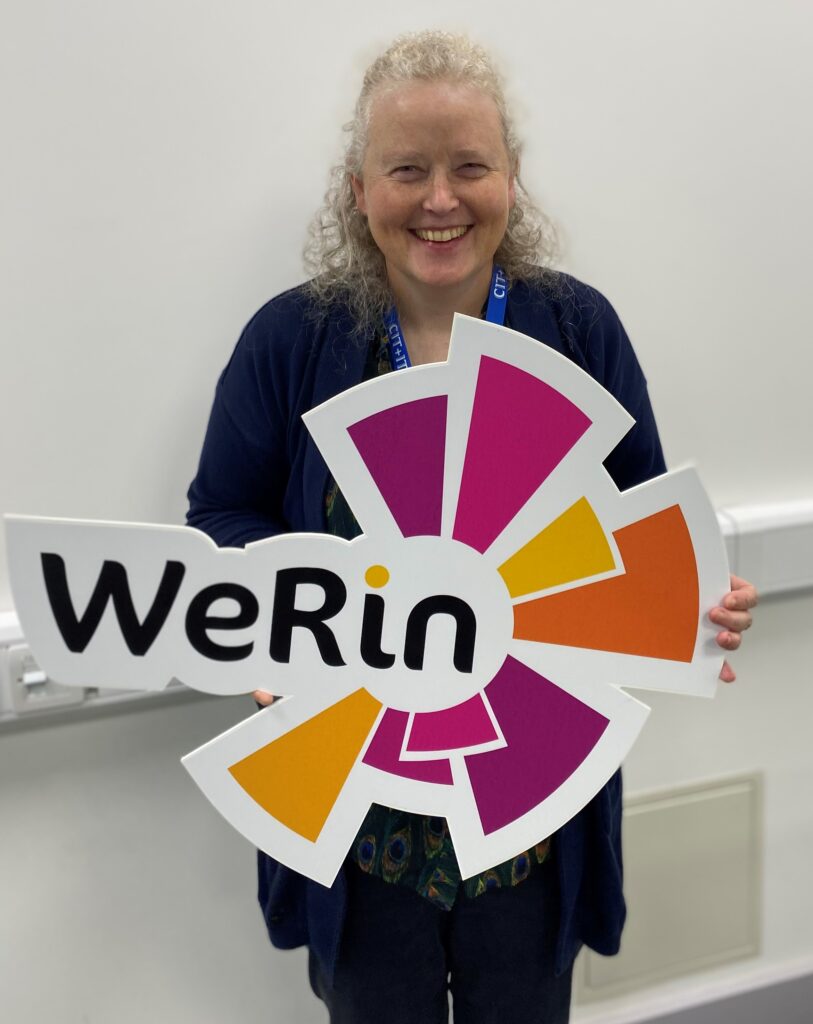
By Sarah Davis
Senior Researcher
Hincks Centre for Entrepreneurship Excellence
Munster Technological University, Ireland



